Emergency Radiology
Make Fast, Accurate Imaging Decisions in Emergency Situations
This program is designed to help radiologists make the best imaging decisions in emergency situations. Taught by a team of experts from the University of Washington School of Medicine, its goal is to prepare the practicing radiologist to be of maximum assistance to the emergency physician. Topics cover the most common traumas by body part with emphasis on rapid decision-making in the selection of imaging studies, pitfalls to watch out for, and implementation of protocols that maximize diagnostic accuracy. Lectures will help training and practicing radiologists develop an integrated imaging approach to injuries of the head, neck, spine, torso, pelvis and appendicular skeleton. It will help you to better:
-
-
- Rapidly determine the appropriate imaging studies to perform in emergency situations
- Describe critical components in communicating with the clinical team to optimize patient management and imaging
- Implement appropriate imaging protocols that optimize diagnostic accuracy while minimizing radiation exposure
- Accurately interpret emergency imaging studies and recognize when additional imaging is indicated
-
Discover New Guidelines
A clinically based update, this learn-at-your-own-pace course in emergency radiology provides a maximum of 18 AMA PRA Category 1 Credits ™. Available online, it provides access to unbiased, evidence-based content and case-based reviews so that you may expand your knowledge and incorporate the latest guidelines into your daily practice.
-
-
- Trauma Series and eFAST Exam – Ken Linnau, MD, MS
-
- Whole Body CT for Trauma – Martin Gunn, MBChB, FRANZCR
-
- Blunt Cervical and Thoracic Vascular Trauma – Jeffrey Robinson, MD, MBA
-
- Essentials of Blunt Thoracic Trauma – Joel Gross, MD, MS, FASER
-
- Penetrating Chest Trauma – Martin Gunn, MBChB, FRANZCR
-
- Essentials of Abdominal and Pelvic Trauma – Joel Gross, MD, MS, FASER
-
- Biomechanics of Musculoskeletal Trauma – Felix Chew, MD
-
- Pitfalls in Emergency Imaging of the Abdomen and Pelvis – Neeraj Lalwani, MD
-
- Pancreatitis – Bruce Lehnert, MD
-
- Emergency Imaging Following Bariatric Surgery – David Coy, MD, PhD
-
- Imaging Geriatric Trauma – Claudia Sadro, MD
-
- Geriatric Extremity Trauma – Jack Porrino, MD
-
- MRI of Traumatic Joint Injuries – Manickam Kumaravel, MD
-
- Orthopedic Hardware Imaging – Manickam Kumaravel, MD
-
- Chest Imaging in the ED – Gregory Kicska, MD, PhD
-
- Pulmonary Embolism – Gautham Reddy, MD, MPH
-
- Acute Chest Pain: Evaluation with Coronary CTA – Gautham Reddy, MD, MPH
-
- The Incidental HRCT – Christopher Walker, MD
-
- What Do I Do with this Pulmonary Nodule? – Christopher Walker, MD
-
- Evidence Based Imaging of Low Back Pain – Douglas Seiler, MD
-
- Acute Stroke Imaging in the ED – Norman Beauchamp, MD, MHS
-
- Nontraumatic Head and Neck Emergencies: Pearls and Pitfalls – presented by James Fink, MD; prepared by Kathleen Fink, MD
-
- Orbital Imaging in the ED – Francisco Perez, MD, PhD
-
- Subtle Ankle Injuries – Manickam Kumaravel, MD
-
- Calcaneal Injuries – Manickam Kumaravel, MD
-
- Pelvic and Acetabular Trauma – Claire Sandstrom, MD
-
- Male Penile and Scrotal Trauma – Bruce Lehnert, MD
-
- Non-Traumatic Pelvic Pain in the Female Patient – Michael McNeeley, MD
-
- Anorectal Emergencies – Ryan O’Malley, MD
-
- Head Trauma – James Fink, MD
-
- Spine Trauma – Ken Linnau, MD, MS
-
- Fractures in the Ankylosed Spine – Quynh Nguyen, PA-C, MHS
-
- Musculoskeletal MRI in the ED – Manickam Kumaravel, MD
-
- Musculoskeletal Ultrasound in the ED – Manickam Kumaravel, MD
-
- Pediatric Upper Extremity Emergencies – Mahesh Thapa, MD
-
- Pediatric Lower Extremity Emergencies – Jeffrey Otjen, MD
-
- Pediatric Neuro and Spine Emergencies – Jason Nixon, MD
-
- Pediatric Chest and Airway Emergencies – Jonathan Swanson, MD
-
- Pediatric Abdominal Emergencies – Teresa Chapman, MD, MA
-
Accreditation
The University of Washington School of Medicine is accredited by the Accreditation Council for Continuing Medical Education to provide continuing medical education for physicians.
Designation
The University of Washington School of Medicine designates this enduring material for 18 AMA PRA Category 1 Credits ™. Physicians should claim only the credit commensurate with the extent of their participation in the activity.
Date of Original Release: October 15, 2015
Date Credits Expire: October 14, 2017CME credit is awarded upon successful completion of a post-test and evaluation. A $45 processing fee must accompany the completed post-test.
Learning Objectives
Upon completion of this activity, participants should be able to:
- Rapidly determine the appropriate imaging studies to perform in emergency situations
- Describe critical components in communicating with the clinical team to optimize patient management and imaging
- Implement appropriate imaging protocols that optimize diagnostic accuracy while minimizing radiation exposure
- Accurately interpret emergency imaging studies and recognize when additional imaging is indicated
-
Intended Audience
The activity was planned for radiologists (residents, fellows and attending) and imaging technologists. Other practitioners in Emergency Medicine may also find the imaging approach and interpretation to be useful – such as PAs, NPs and MDs working in emergency departments.
-
Only logged in customers who have purchased this product may leave a review.
Related Products
Internal Medicine Videos
VIDEO MEDICAL
VIDEO MEDICAL
VIDEO MEDICAL
VIDEO MEDICAL
VIDEO MEDICAL
VIDEO MEDICAL
VIDEO MEDICAL
VIDEO MEDICAL
VIDEO MEDICAL
VIDEO MEDICAL
VIDEO MEDICAL
VIDEO MEDICAL
VIDEO MEDICAL
VIDEO MEDICAL
VIDEO MEDICAL
VIDEO MEDICAL
VIDEO MEDICAL
VIDEO MEDICAL
VIDEO MEDICAL
VIDEO MEDICAL
VIDEO MEDICAL
VIDEO MEDICAL
VIDEO MEDICAL
VIDEO MEDICAL
VIDEO MEDICAL
VIDEO MEDICAL
VIDEO MEDICAL
Classic Lectures in Pathology: What You Need to Know: Neuropathology – A Video CME Teaching Activity
VIDEO MEDICAL
VIDEO MEDICAL
VIDEO MEDICAL
VIDEO MEDICAL
VIDEO MEDICAL
VIDEO MEDICAL
VIDEO MEDICAL
VIDEO MEDICAL
VIDEO MEDICAL
VIDEO MEDICAL
VIDEO MEDICAL
VIDEO MEDICAL
VIDEO MEDICAL
VIDEO MEDICAL
VIDEO MEDICAL
VIDEO MEDICAL
VIDEO MEDICAL
VIDEO MEDICAL
VIDEO MEDICAL
VIDEO MEDICAL
VIDEO MEDICAL

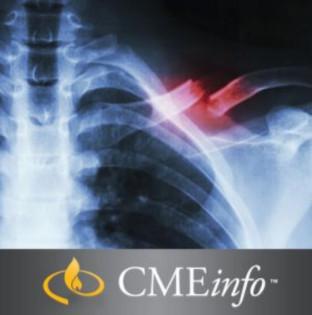
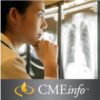


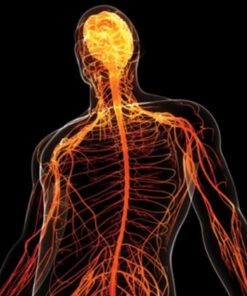





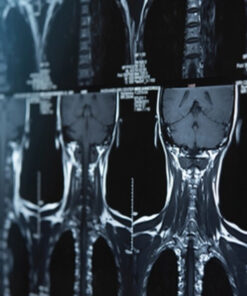

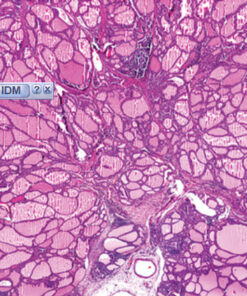


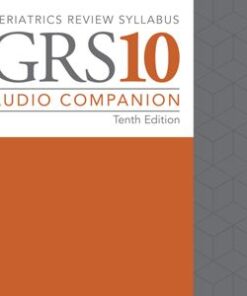
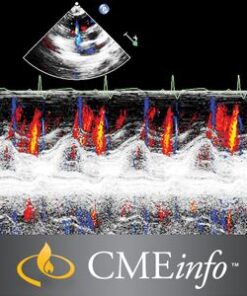
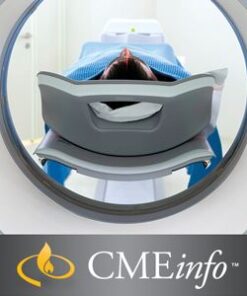
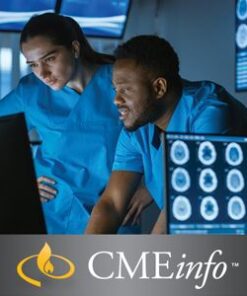
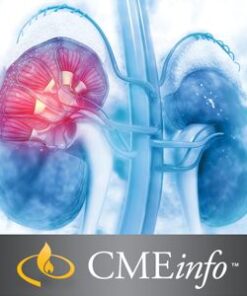
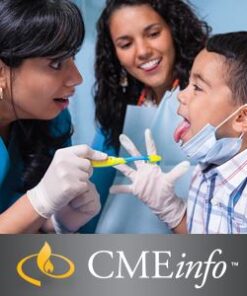

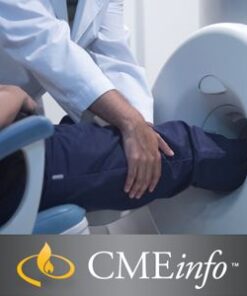




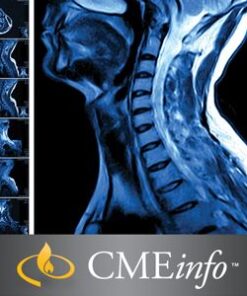

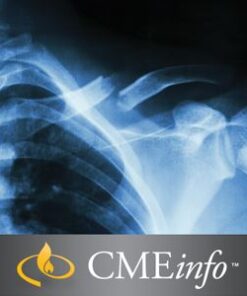



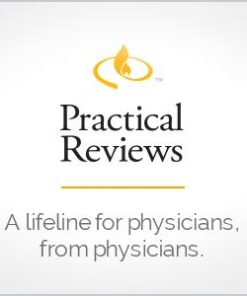





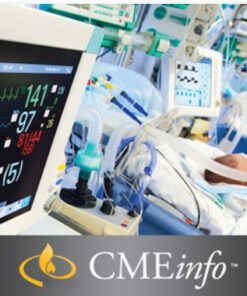
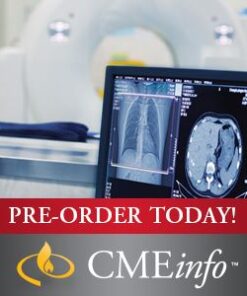

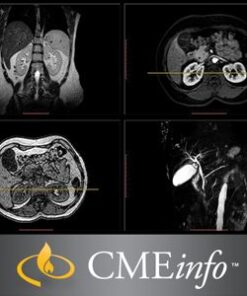
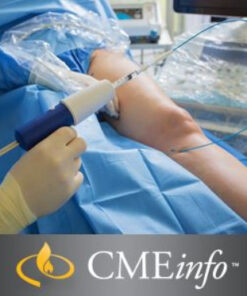
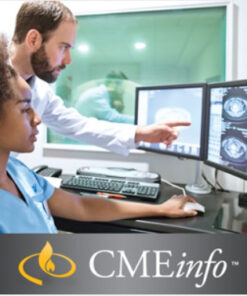
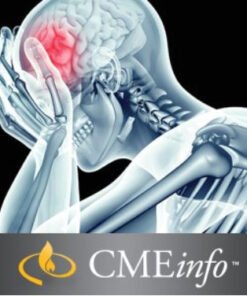
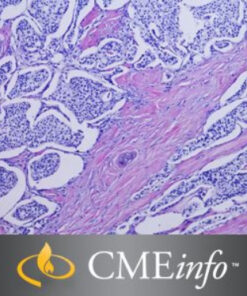

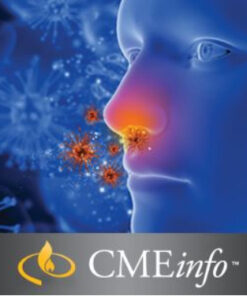


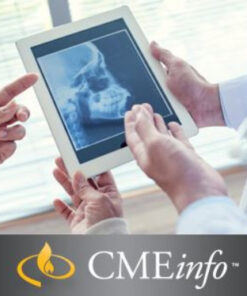

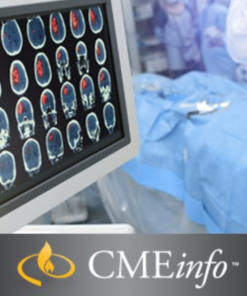
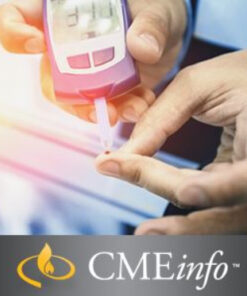
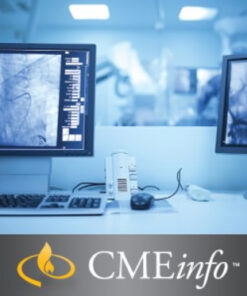
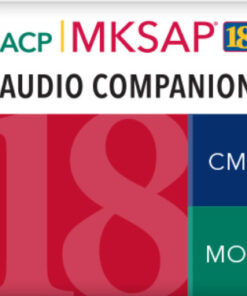
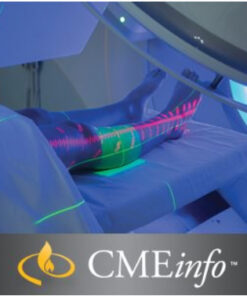
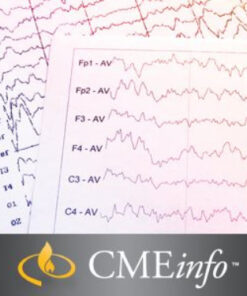











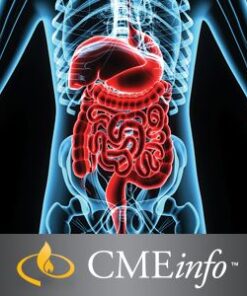
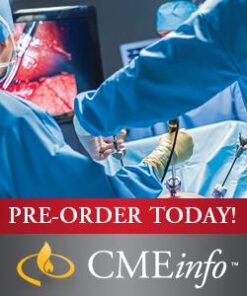



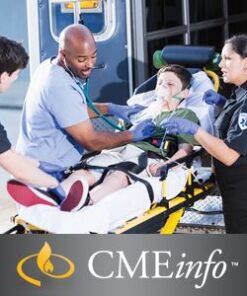

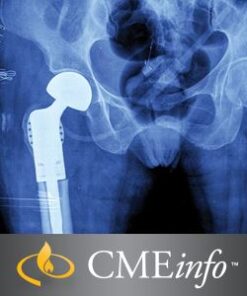


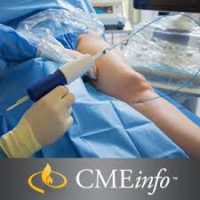

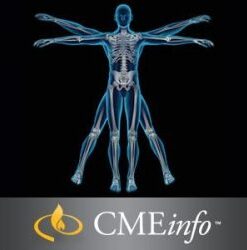
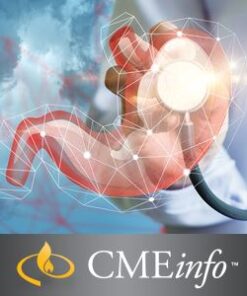
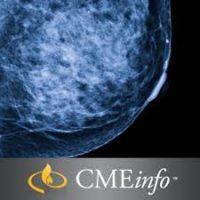

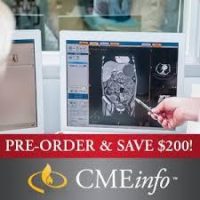

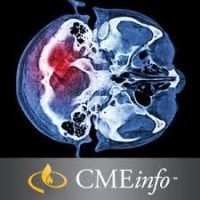
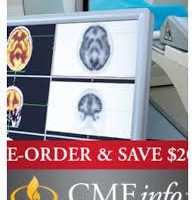
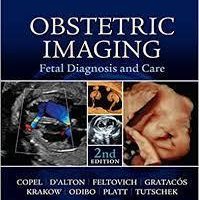





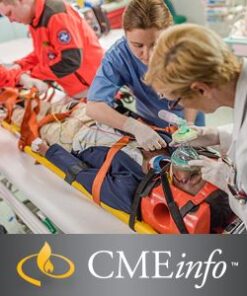


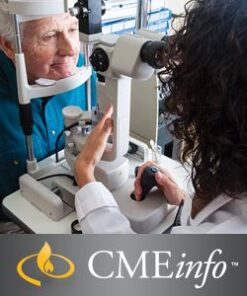

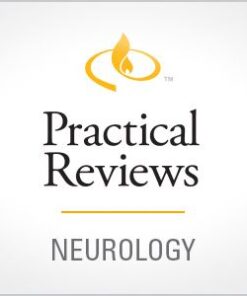
Reviews
There are no reviews yet.